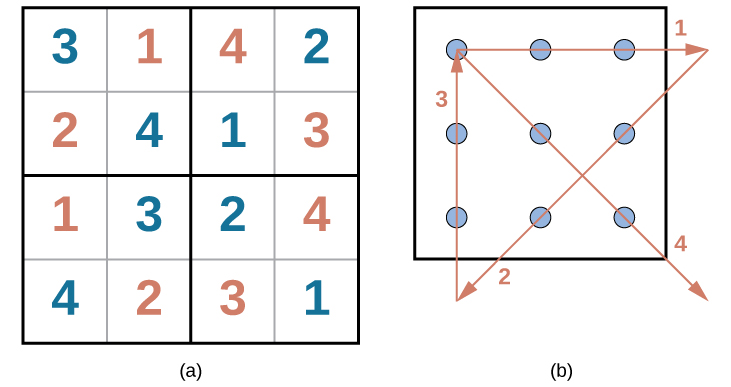Problem-Solving – solutions
here are solutions to problems in the reading on problem solving. Of course, you tried to solve them yourself before looking here, right?
The Missionary-Cannibal problem
You could apply the solution to the Tower of Hanoi noted in the main chapter, but here’s a video describing the solution (here to the “Lions and Wildebeest” problem, but it’s the same problem, really):
The Sudoku puzzle and the connect-the-dots puzzle:

Sam Lloyd’s “Puzzling Scales” figure:
You would need nine marbles to balance the scales.
(want to go back to the main section on problem solving?)